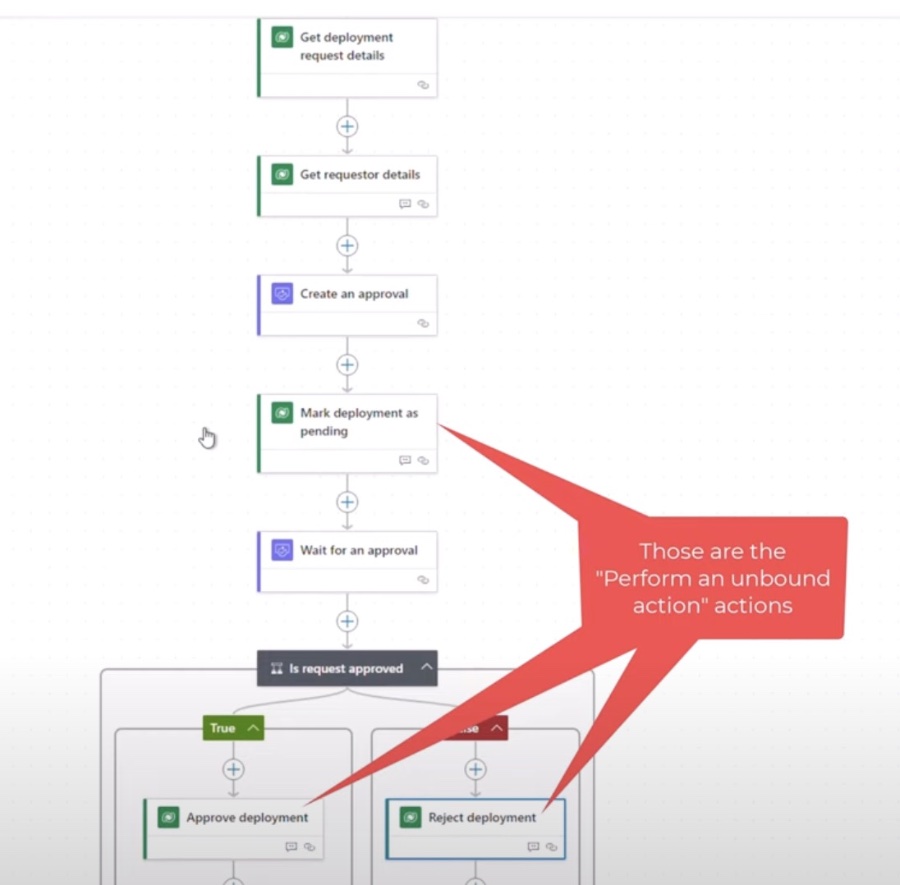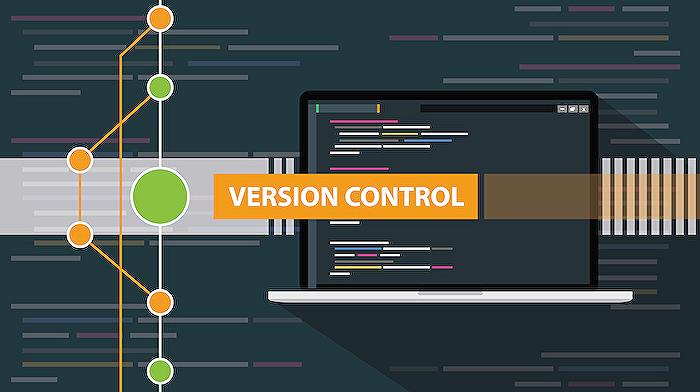
Power Platform Pipelines Part 2: Delegated Deployments
Power Platform expert, Business Applications MVP, international speaker.
Streamline Power Platform deployments with user accounts - discover the benefits & crucial OAuth limitations.
Key insights
- Power Platform Pipelines aim to simplify and automate ALM for Power Platform and Dynamics 365 applications, making CI and CD more accessible.
- They allow automated deployment of solutions and configurations across development, testing, and production environments, reducing manual effort and improving deployment reliability.
- Pipelines are a native feature of the Power Platform, easier to set up than the ALM Accelerator, but currently do not support deploying Power BI dashboards and datasets.
- To use delegated deployments, a specific user account is necessary, but this method does not support deploying solutions with OAuth connections.
- The video guides on enabling delegated deployments, sharing pipelines with makers, and creating deployment flows, yet warns about the significant limitation of OAuth connections.
The Microsoft Power Platform presents a streamlined approach for managing application lifecycles, particularly emphasizing the reduction of manual efforts through the utilization of Power Platform Pipelines. This innovative capability empowers a range of users - from makers to administrators and developers - by enabling continuous integration (CI) and continuous delivery (CD) in a more accessible manner. By automating deployments and configurations across various environments, these pipelines significantly enhance the efficiency and consistency of development workflows.
To further this agenda, delegated deployments have been introduced as a method allowing users to deploy solutions without requiring elevated permissions. However, this video highlights an important constraint related to deploying solutions that incorporate OAuth connections, showcasing an area for development within the platform's capabilities. Despite this limitation, the video provides essential insights into configuring and using delegated deployments effectively, enhancing the collaborative potential among users within the Power Platform ecosystem.
Overall, while the Power Platform offers a robust framework for automated ALM processes, users must navigate around the nuances of using delegated deployments, especially concerning OAuth connections. The featured video serves as an essential guide in understanding these processes, offering practical advice for implementing pipelines and maximizing their benefits within development projects.

Power DevOps simplified the application lifecycle management for Microsoft Power Platform, as highlighted by Tomasz Poszytek [MVP] in his comprehensive video tutorial. This video mainly focuses on how to streamline deployments via Power DevOps, making continuous integration (CI) and continuous delivery (CD) practices more accessible to non-expert users. Tomasz delves into using a specific user account for delegated deployments, shedding light on a user-friendly approach to automated deployments.
A significant part of the video is devoted to explaining the core concepts of Power DevOps, underlining its role in automating the deployment of solutions and environment configurations across different stages. Key benefits such as reduced manual effort, streamlined development processes, and improved reliability are discussed. It is noted, however, that this method currently does not support deploying solutions with OAuth connection references, a limitation that users must be aware of.
Following a detailed introduction, the video guides viewers through the process of enabling delegated deployments using individual user accounts. It emphasizes the importance of specific settings adjustments and permissions configurations required to set this up effectively. Moreover, Tomasz illustrates the steps to create and share a deployment pipeline using a delegated user account, ensuring that makers can efficiently utilize it for their deployments.
The practical aspects of creating a deployment flow and performing deployments using the customized pipeline are showcased. These sections provide viewers with a clear understanding of how to implement and use these pipelines for their advantage. However, Tomasz also addresses the critical limitation of this approach: its incompatibility with OAuth connections. He suggests a possible workaround, though its effectiveness might vary.
In conclusion, while the Power Devops offers significant efficiencies in managing application deployments within the Power Platform, users must navigate its limitations regarding OAuth connections. This video tutorial serves as a handy guide for users aiming to leverage Power Devops for simplified ALM processes, offering insights into making the most out of this built-in feature despite its current constraints.
Exploring the Efficiencies of Power DevOps in Application Management
Power DevOps represents a significant advancement in automating and simplifying the application lifecycle management process for Microsoft Power Platform users. This tool is designed to make continuous integration and continuous delivery more accessible to a broad audience, including non-technical individuals. The primary goal is to reduce manual efforts, streamline processes, and enhance the reliability of deployments across development, testing, and production environments. Tomasz Poszytek [MVP]'s video serves as an insightful resource on utilizing Power DevOps for delegated deployments, emphasizing the ease of setup and management it brings to the table compared to other ALM tools.
One of the key strengths of Power DevOps is its built-in nature within the Power Platform, making it readily accessible for users without requiring additional setup or external tools. This feature is particularly beneficial for those looking to automate deployments without delving into complex configurations. However, users planning to leverage Power DevOps for deploying solutions need to be cognizant of its limitations, especially the current inability to deploy solutions with OAuth connections. Despite this, the workaround suggested by Poszytek opens a path for users to somewhat circumvent this issue, albeit with some additional steps involved.

People also ask
"What is the difference between pipelines and ALM accelerator?"
Pipelines typically offer a more straightforward setup and management process, not requiring integration with external products or technologies, as they are managed internally. Conversely, the ALM Accelerator may present a more suitable choice for complex ALM projects due to its advanced capabilities."How to deploy Power Apps solutions using Azure Pipelines?"
To deploy Power Apps solutions through Azure Pipelines, one must follow a systematic procedure outlined for creating such a deployment process."What is a managed environment in Power Platform?"
Managed Environments in the Power Platform represent an advanced set of governance features designed to empower IT administrators with the ability to oversee the Power Platform at scale efficiently. These environments, regardless of their type, benefit from enhanced control, visibility, and convenience, further augmented by additional features within the Power Platform upon being designated as managed."What do you need to configure in Power Platform as prerequisites to configure an Azure DevOps pipeline?"
For the configuration of an Azure DevOps pipeline, it's essential that all involved environments possess a Microsoft Dataverse database. The task of installing the pipeline's application requires a user to have either the Power Platform administrator or Dataverse system administrator role. Additionally, it's necessary to designate all target environments within the pipeline as Managed Environments to proceed.
Keywords
Power Platform Pipelines, Delegated Deployments Part 2, User Account, Power Platform Deployment, Power Platform Part 2, User Account Management, Pipeline Deployment Strategies, Power Platform Configuration